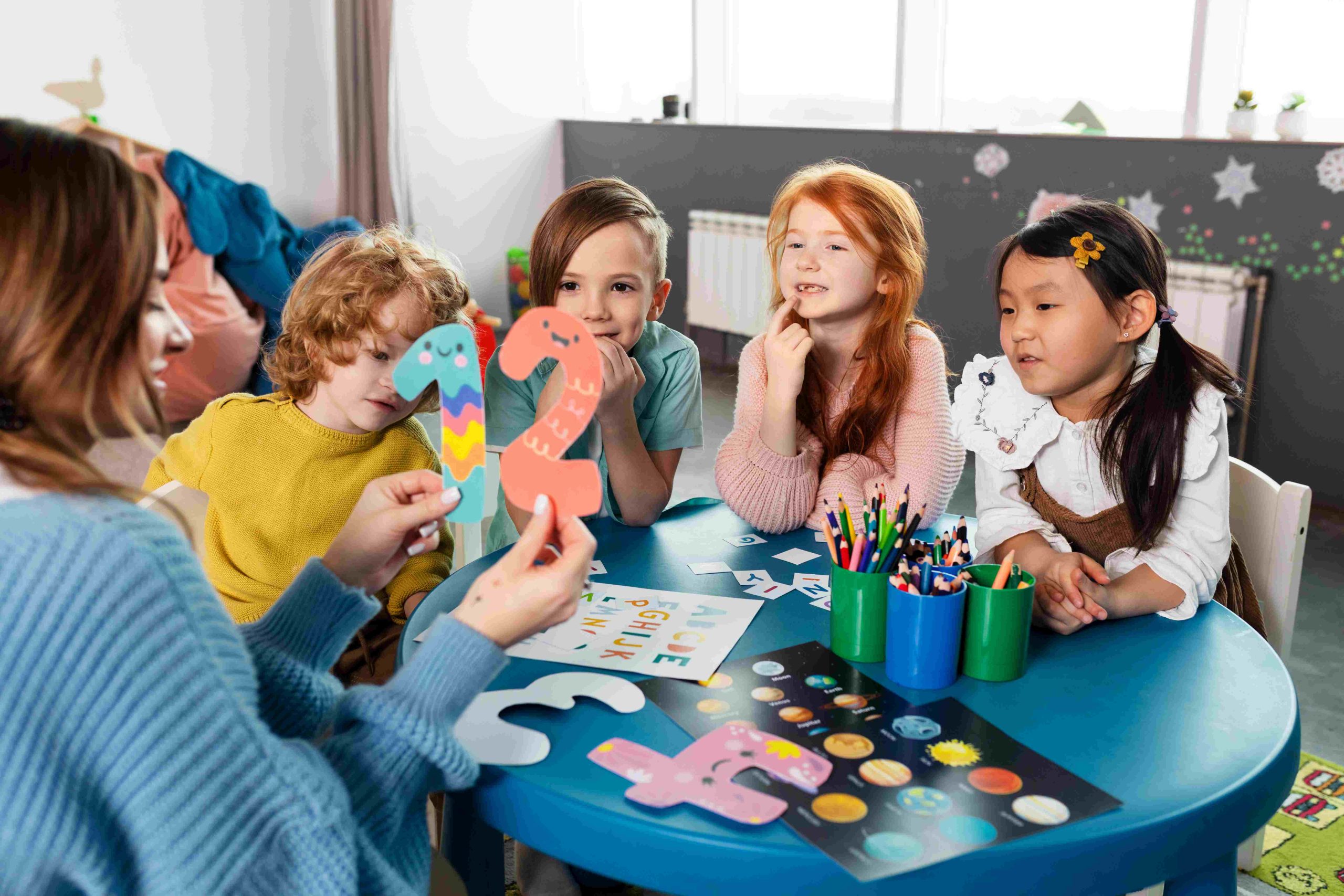
The Magical World Of Preschool Learning: Creating A Stimulating Atmosphere For Little Minds To Thrive
The Journey to Lifelong Learning Begins in Preschool
The early years of a child’s life are filled with wonder, curiosity, and a strong desire to explore the world around them. Preschoolers, with their boundless energy and vivid imaginations, are always eager to learn and engage with their surroundings. It is during these formative years that the foundation for lifelong learning is established. To foster this love of learning, creating a stimulating atmosphere with various play and learning opportunities, tailored to the unique needs and interests of each child, is essential. This article delves into the magical world of preschool learning and provides insights on how to create an enriching environment that supports the growth and development of our littlest learners.
The Importance of a Stimulating Atmosphere for Preschoolers
A. The Role of the Environment in Early Learning
The environment in which a child grows and learns plays a significant role in their cognitive, social, and emotional development. A stimulating atmosphere not only nurtures a child’s innate curiosity and creativity but also encourages the development of essential skills and concepts that serve as the building blocks for future learning.
B. Nurturing Curiosity, Imagination, and Creativity
A stimulating atmosphere fosters curiosity, imagination, and creativity in young preschoolers. Providing opportunities for exploration and discovery encourages critical thinking, problem-solving, and expression of ideas in unique ways.
C. The Impact of a Stimulating Atmosphere on Social and Emotional Development
The social and emotional development of preschoolers is as important as their cognitive growth. A stimulating atmosphere creates a supportive environment where preschoolers can develop emotional intelligence and learn to navigate social situations.
Types of Play and Learning Opportunities for Preschoolers
A. Play-Based Learning: The Power of Play
Play is the natural way through which preschoolers learn and make sense of the world around them. Play-based learning harnesses this power to create a fun and engaging environment that encourages exploration, creativity, and the development of essential skills.
B. Outdoor Learning: Bringing Nature into the Preschool Experience
Outdoor learning is a crucial component of a stimulating preschool environment. Connecting with nature helps preschoolers develop an appreciation for the natural world and a sense of responsibility towards the environment.
C. Storytelling and Dramatic Play: Nurturing Language and Communication Skills
Storytelling and dramatic play are powerful tools for developing language and communication skills in preschoolers. Through stories, preschoolers expand their vocabulary, improve listening and comprehension skills, and learn about different cultures and perspectives.
D. Art and Music: Expressing Emotions and Cultivating Creativity
Art and music are essential components of a stimulating preschool atmosphere. These creative outlets allow preschoolers to express emotions, experiment with materials, and develop fine motor skills.
Strategies to Create a Stimulating Atmosphere in Preschool
A. Embracing Flexibility and Adaptability
Creating a stimulating atmosphere requires preschool educators to embrace flexibility and adaptability. Being responsive to each child’s unique needs, adjusting the learning environment, and being open to modifying plans are essential.
B. Encouraging Autonomy and Choice
Supporting preschoolers’ autonomy and choice fosters a stimulating atmosphere. Providing opportunities for them to make decisions about their learning and play empowers them and develops a sense of agency.
C. Designing a Sensory-Rich Environment
A sensory-rich environment is crucial for creating a stimulating atmosphere in preschool. Incorporating various textures, colors, sounds, and smells engages preschoolers’ senses and enhances their learning experiences.
D. Building Positive Relationships and Fostering Collaboration
Positive relationships and collaboration are key elements of a stimulating preschool environment. Strong connections with preschoolers, families, and colleagues create a supportive atmosphere that nurtures social and emotional development.
Overcoming Challenges in Creating a Stimulating Atmosphere
A. Balancing Academic and Play-Based Learning
Finding the right balance between academic learning and play-based experiences is a challenge in creating a stimulating atmosphere. Providing opportunities for skill development while allowing freedom to explore and play is crucial.
B. Embracing Diversity and Inclusion
Creating a stimulating atmosphere requires embracing diversity and inclusion. Acknowledging and valuing every child’s unique backgrounds, cultures, and abilities is essential in creating an environment that celebrates diversity.
C. The Role of Technology in Preschool Education
Technology can be both a challenge and an opportunity in creating a stimulating preschool environment. Using technology in moderation and ensuring it complements play, outdoor learning, and social interactions is essential.
D. Engaging Parents and the Wider Community in the Learning Process
Involving parents and the wider community in the learning process is essential in creating a stimulating atmosphere. Effective communication and engagement strategies with families are necessary for a collaborative learning environment.
Conclusion: The Future of Preschool Learning
The magical world of preschool learning offers countless opportunities for young children to explore, create, and engage. Providing a stimulating atmosphere with diverse play and learning experiences nurtures curiosity, imagination, and a love for learning, laying the foundation for a lifelong journey of discovery and growth.
As we look ahead, innovation and adaptation are essential in creating enriching environments for our littlest learners. By continuing to evolve and prioritize their needs, we ensure they have the necessary foundation to thrive in an ever-changing world.


